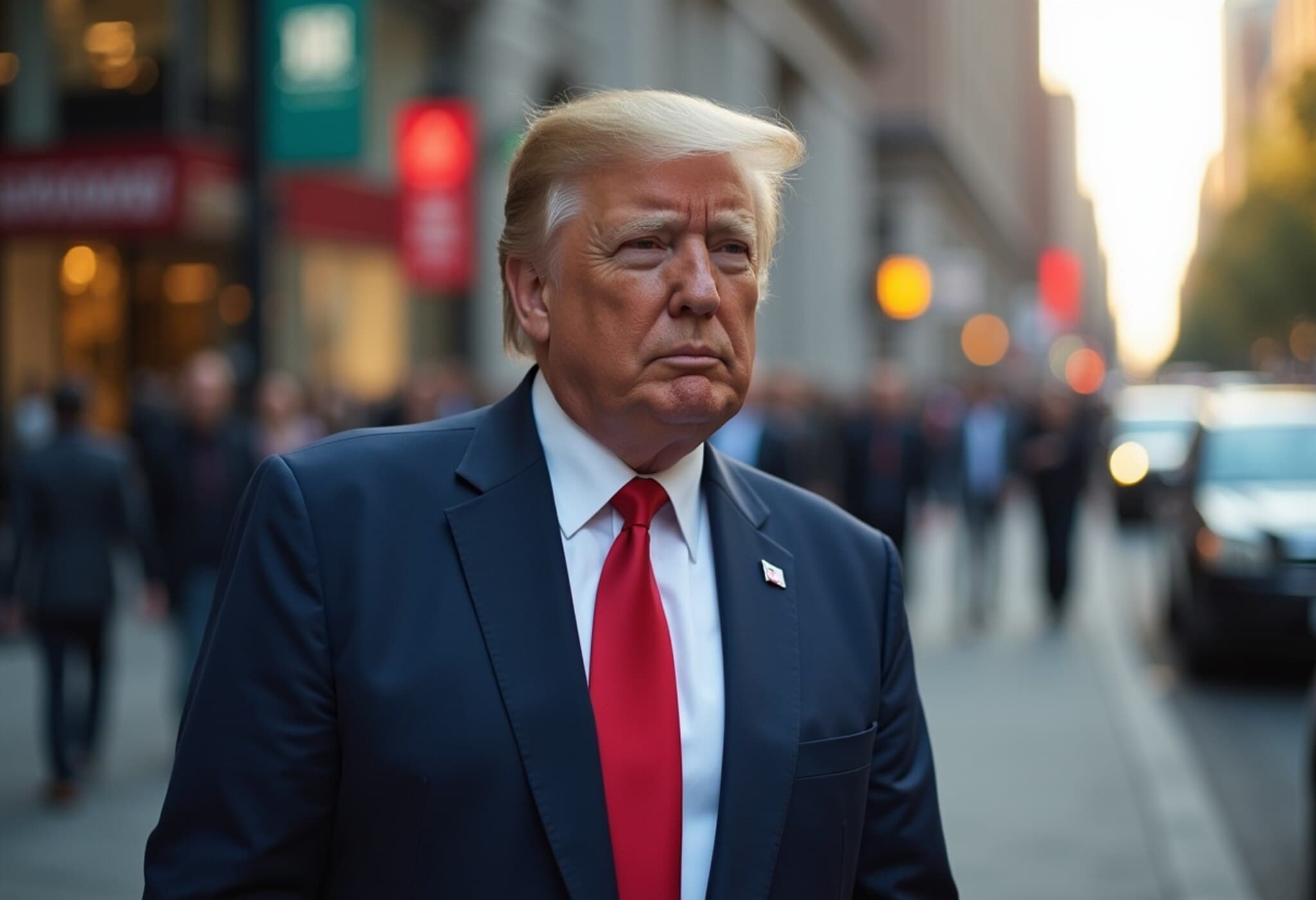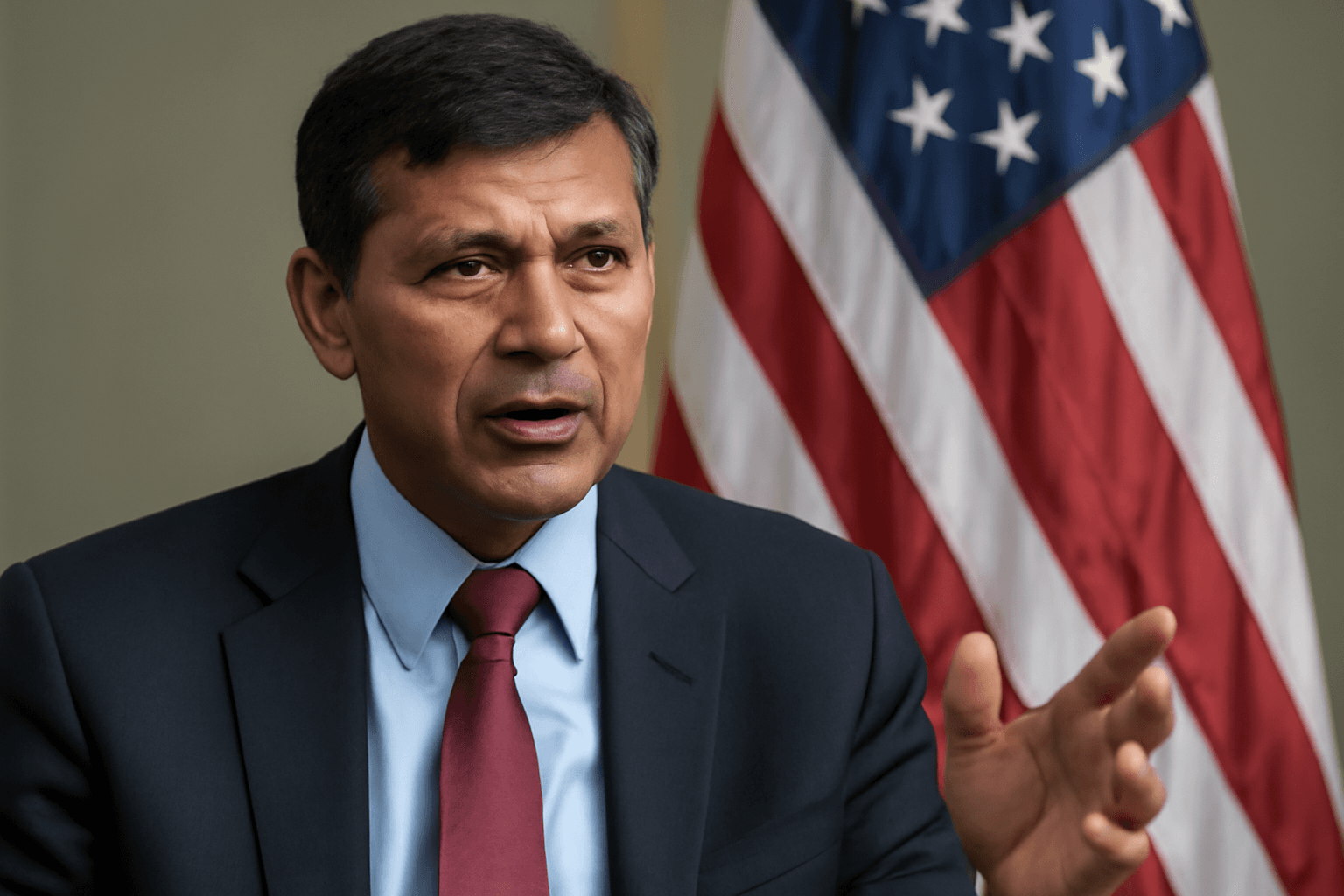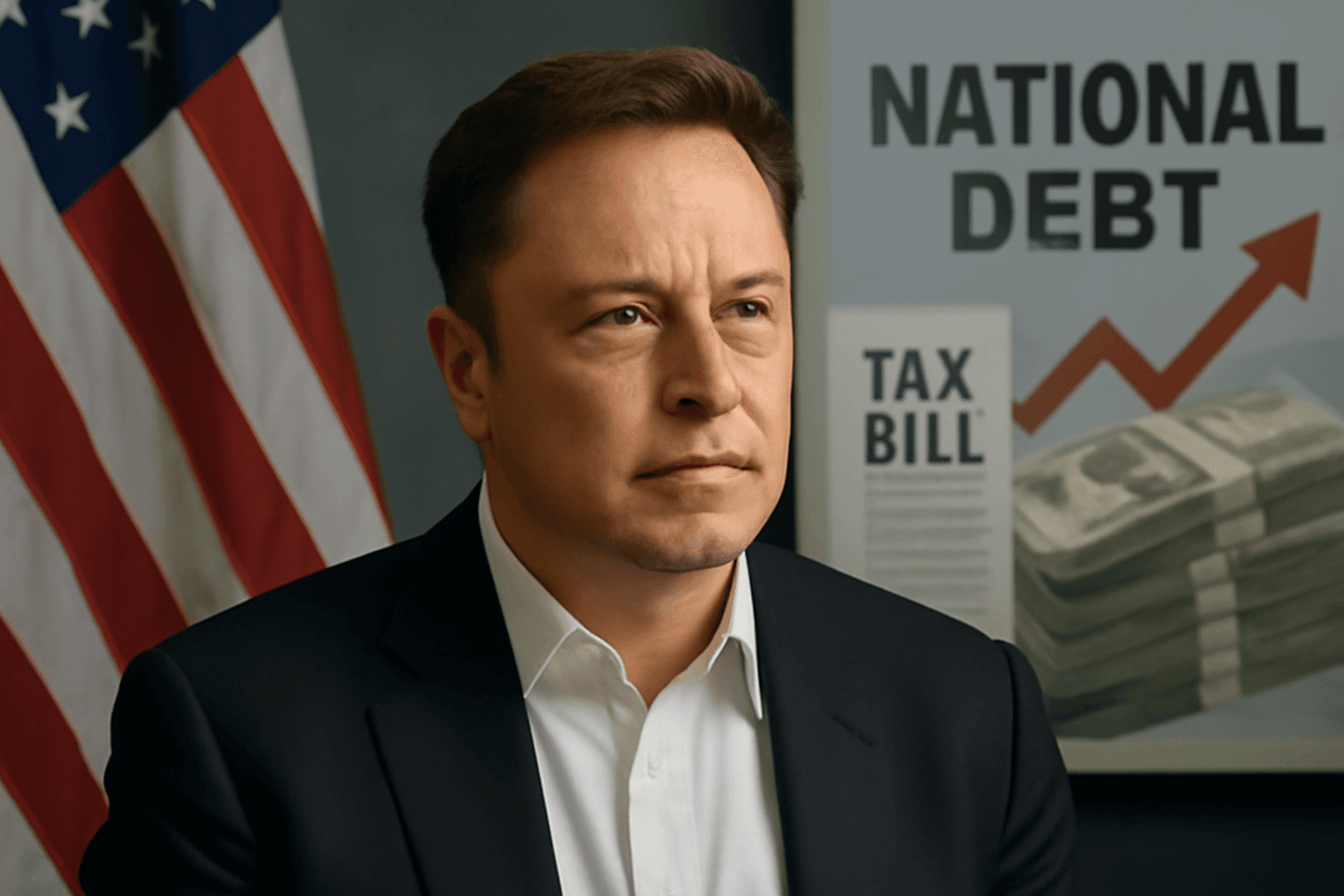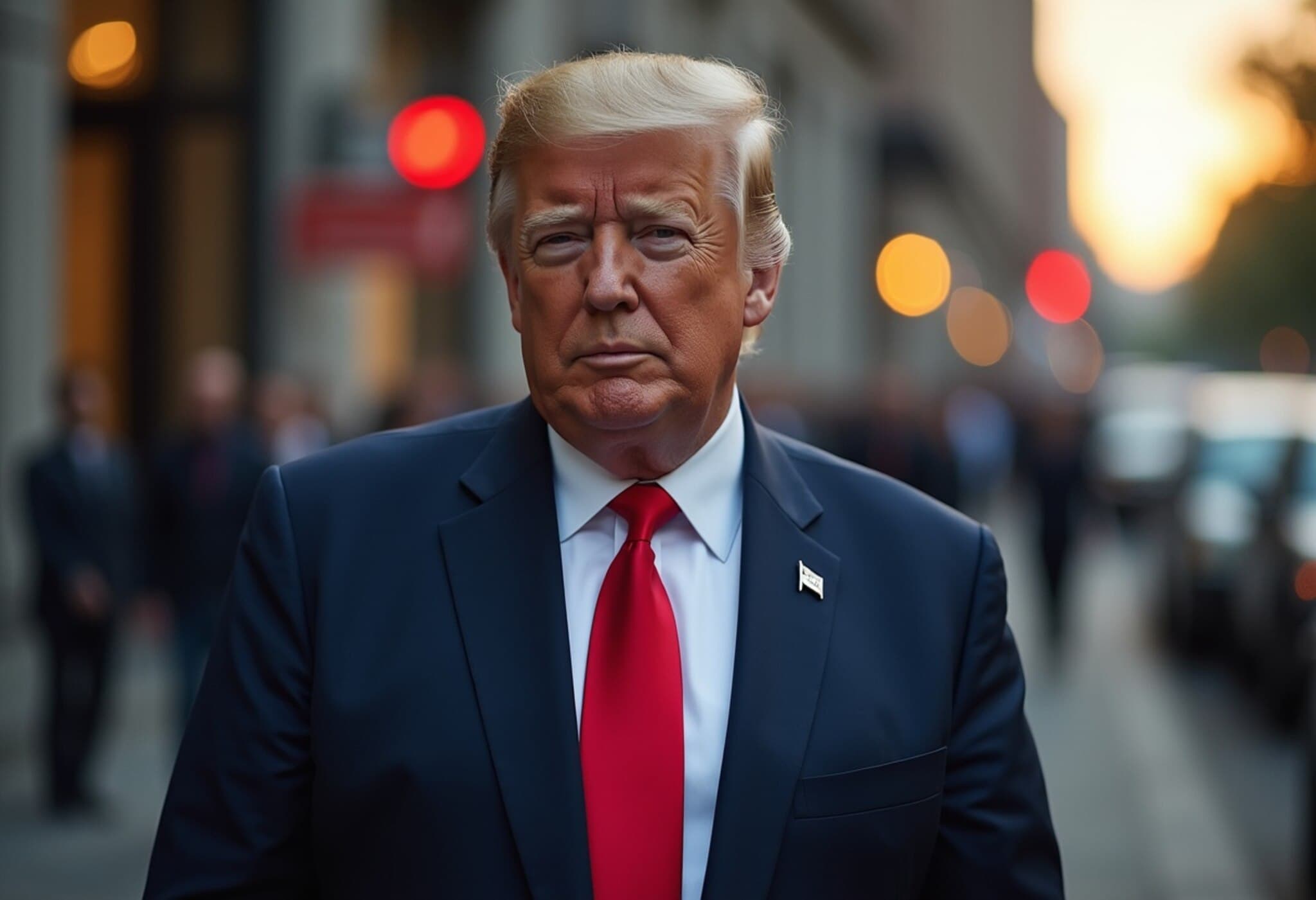US Job Growth Slows Sharply as Trade Tensions Impact Labor Market
In a sobering signal for the US economy, employers added only 73,000 jobs in July 2025, far below economists’ expectations. This weak employment report, along with significant downward revisions for May and June hiring figures, points to a softening labor market just as President Donald Trump's aggressive trade policies continue to unsettle global commerce.
Revisions Reveal a Weaker Job Market
The US Labor Department's latest update on Friday drastically trimmed 258,000 jobs from prior reports covering May and June. These revisions have reshaped the narrative around the economy’s health, highlighting that hiring momentum has lost much of its earlier vigor this summer.
The unemployment rate edged up to 4.2% in July from 4.1% the previous month. Notably, the labor force—the total of employed and job-seeking individuals—shrank slightly, while the number of unemployed people increased by 221,000. This signals that fewer Americans are both working and actively searching for jobs, which could reflect growing discouragement amidst an uncertain economic outlook.
Sectoral Shifts: Where the Jobs Are—and Aren’t
- Manufacturing sustained losses with 11,000 jobs cut in July after similar declines over the prior two months.
- Federal government employment fell by 12,000, reflecting the Trump administration’s ongoing efforts to reduce bureaucracy.
- Healthcare remains the bright spot, adding 55,400 jobs—accounting for 76% of all new employment last month, underscoring how growth remains narrowly concentrated in sectors less sensitive to trade and economic swings.
- State and local government jobs in education underwent a significant downward revision, from an initially reported 64,000 additions in June to fewer than 10,000, raising concerns about public sector hiring strength.
Trade Wars and Interest Rates: The Twin Pressures
Experts widely attribute the labor market's cooling to the tangled effects of ongoing trade conflicts. President Trump's tariffs on imports from numerous countries continue to inject uncertainty into business planning and investment decisions—factors critical for hiring confidence.
Additionally, the Federal Reserve's historically high interest rates, implemented to tame inflation, are constraining borrowing and capital expenditures for many firms, further slowing job creation. These conditions are creating a challenging economic environment not seen since before the pandemic-led recovery.
Market and Monetary Policy Implications
The underwhelming jobs data rattled financial markets, prompting investors to sharply raise expectations for a Federal Reserve interest rate cut at its September meeting. Fed Chair Jerome Powell, while emphasizing a still “solid” labor market ahead of Friday's report, acknowledged the “downside risks” to employment connected to slower hiring.
Given the new data, market observers anticipate a renewed push within the Fed to ease monetary policy, aiming to stimulate growth amid trade tensions and softer labor demand. This potential shift could lower borrowing costs for consumers—affecting mortgages, car loans, and credit cards—and provide some relief to an economy at a critical crossroads.
Long-Term Considerations: Labor Force Dynamics and Policy Questions
While the pandemic initially spurred a surge in workers voluntarily quitting jobs—an indicator of strong confidence—this rate has now dipped below pre-pandemic levels, suggesting decreased worker optimism about finding better opportunities. Additionally, Trump's deportation plans could tighten labor supply, especially in sectors reliant on foreign-born workers.
This evolving labor market landscape presents pressing questions: How sustainable is US economic growth amid trade protectionism? Will monetary policy adjustments sufficiently cushion the slowdown? What role will public sector employment play moving forward? These issues will be pivotal as policymakers and the public navigate the intertwined challenges of trade, inflation, and workforce changes.
Editor’s Note
The recent jobs report paints a nuanced picture of America’s labor market struggling under multiple pressures—from trade wars to monetary tightening. While healthcare shows resilience, widespread job gains are missing. As uncertainty lingers, the Fed faces growing pressure to pivot, but balancing growth stimuli with inflation risks remains a complex dance. Readers should watch upcoming economic indicators closely, as these will signal whether the US economy is veering toward a slowdown or poised for renewed strength.



















